The galley area is decorated for the holiday and there is candy galore on board. This is right up my alley! I spent some time up in the bridge today and talked to the First Mate, Ernest Stelley. Like everyone on board, he’s great. Ernest showed a nautical chart to Maggie Amsler and me, and explained that we’ll arrive at Palmer Station on Friday, 2-17. The LMG can only travel at about 10 nautical miles per hour, so she’s pretty slow.
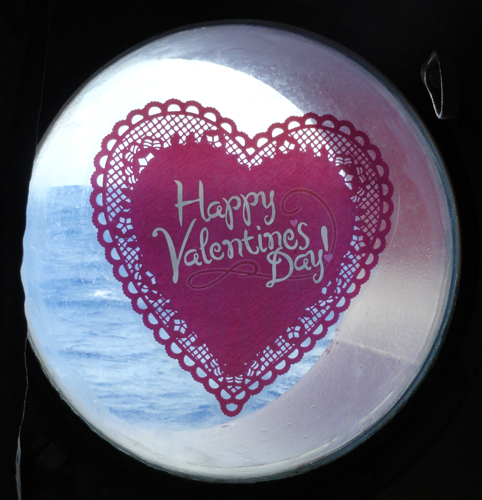
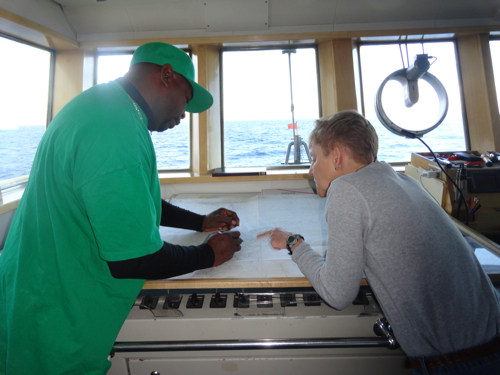
I’ve also spent some time talking with other folks on the LMG and asking them how they got here. Everyone has an interesting story. Jamee Johnson is the Marine Projects Coordinator (MPC) on board which means she is an at sea liaison between the Captain and the Chief Scientists. Her duties include coordinating activities and logistics for the day as well as supervising the technicians on the ship. Jamee is originally from Nebraska, but worked as a salmon fisherman in Alaska! Her first trip to Antarctica was to the South Pole; she’s been to Antarctica over 70 times!
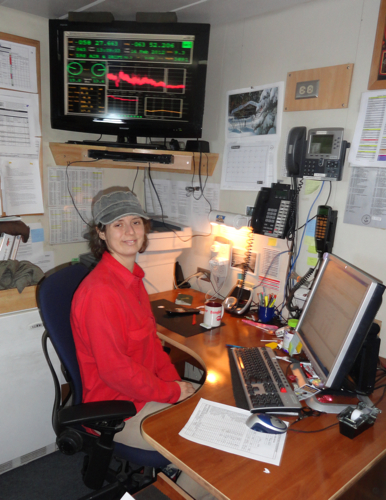
Bruce Felix is the Electronics Technician Supervisor. He’s in charge of installations of major equipment on board as well as overseeing the Computer and Instrumentation Specialists and the Electronics Technicians. Bruce has traveled to Antarctica about 20 times; he said he’d need to check his passport stamps and photos to be sure of an exact number.

I’ve also been reading about the Strait of Magellan, which we traveled through on Sunday, and the Drake PassageStrait, connecting the Atlantic and Pacific oceans between Tierra del Fuego and the South Shetland Islands. Located about 100 mi (160 km) north of the Antarctic Peninsula, it is 600 mi (1,000 km) wide., which is where I am now. Here’s what I’ve learned!
Strait of Magellan
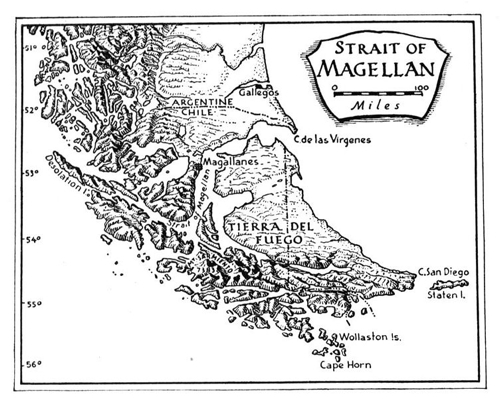
The strait is approximately 350 miles long and about 1.2 miles wide at its narrowest point. Ships traveling through it are protected by Tierra del Fuego to the south and continental South America to the north. Ferdinand Magellan, a Portuguese sailor, was the first European to navigate the strait in 1520 while he was in the service of Charles I of Spain. Magellan is at the top of the statue I told you about in the square in Punta Arenas. It’s not his toe that’s rubbed for a safe voyage through the Drake PassageStrait, connecting the Atlantic and Pacific oceans between Tierra del Fuego and the South Shetland Islands. Located about 100 mi (160 km) north of the Antarctic Peninsula, it is 600 mi (1,000 km) wide.; it’s the toe of a Fuegen Indian (from Tierra del Fuego) at the statue’s base that is supposedly lucky.
Until the Panama Canal was opened in 1914, the strait was the main route for steam ships traveling from the Atlantic Ocean to the Pacific. It was considered safer than the Drake PassageStrait, connecting the Atlantic and Pacific oceans between Tierra del Fuego and the South Shetland Islands. Located about 100 mi (160 km) north of the Antarctic Peninsula, it is 600 mi (1,000 km) wide., which separates the tip of South America (Cape Horn) from Antarctica. The Drake PassageStrait, connecting the Atlantic and Pacific oceans between Tierra del Fuego and the South Shetland Islands. Located about 100 mi (160 km) north of the Antarctic Peninsula, it is 600 mi (1,000 km) wide. is notorious for turbulent and unpredictable weather, icebergs and sea ice.
My time in the Drake PassageStrait, connecting the Atlantic and Pacific oceans between Tierra del Fuego and the South Shetland Islands. Located about 100 mi (160 km) north of the Antarctic Peninsula, it is 600 mi (1,000 km) wide. has been good so far; I was just up on the bridge and the first mate told me the seas are 12-14 feet, which isn’t bad. Other people I’ve met on the LMG who have made this journey before tell me they’ve traveled the Drake PassageStrait, connecting the Atlantic and Pacific oceans between Tierra del Fuego and the South Shetland Islands. Located about 100 mi (160 km) north of the Antarctic Peninsula, it is 600 mi (1,000 km) wide. with seas as high as 25 feet. We have passed through several squalls, including one with hail and lightning but the ride is comfortable overall.
Drake PassageStrait, connecting the Atlantic and Pacific oceans between Tierra del Fuego and the South Shetland Islands. Located about 100 mi (160 km) north of the Antarctic Peninsula, it is 600 mi (1,000 km) wide.
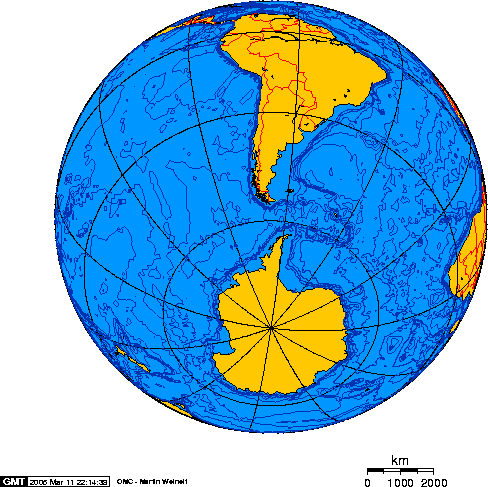
The Drake PassageStrait, connecting the Atlantic and Pacific oceans between Tierra del Fuego and the South Shetland Islands. Located about 100 mi (160 km) north of the Antarctic Peninsula, it is 600 mi (1,000 km) wide. is a fascinating place. Fossil evidence suggests that the passage was closed until about 20 million years ago. Before the passage opened South America, Australia and Antarctica were connected; Antarctica was still close to its current position (near the rotational pole). Before the passage opened, the Atlantic and Pacific were separated entirely. Antarctica was much warmer and had no ice cap at that time. The joining of the Atlantic and Pacific started the Antarctic CircumpolarLocated or found within the Earth’s polar regions. Current, which helped to cool Antarctica significantly. The Antarctic CircumpolarLocated or found within the Earth’s polar regions. Current carries a huge volume of water, about 600 times the flow of the Amazon River, through the passage and around Antarctica.
The Drake PassageStrait, connecting the Atlantic and Pacific oceans between Tierra del Fuego and the South Shetland Islands. Located about 100 mi (160 km) north of the Antarctic Peninsula, it is 600 mi (1,000 km) wide. provides great opportunities to view whales, dolphins and seabirds. I haven’t seen any whales yet, but I have seen a big pod of dusky sided dolphins as well as skuas, albatrosses, and giant petrels.
This is an incredible journey…
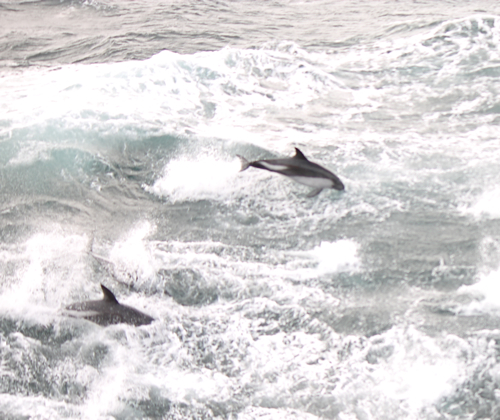


Comments